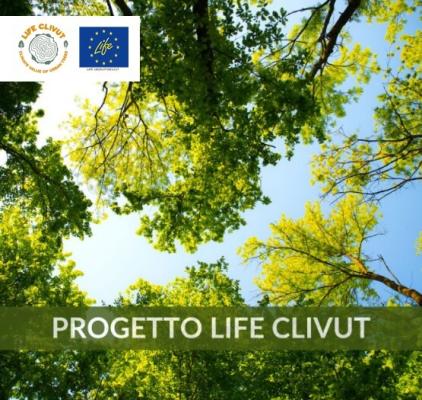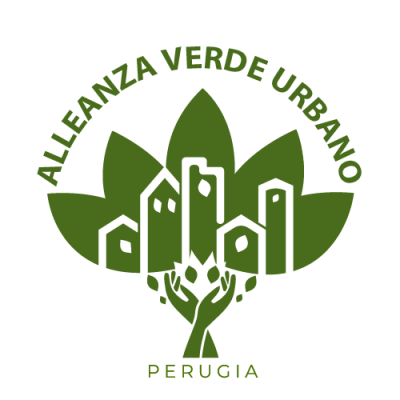- Email : info@lifeclivut.eu
Notícias e Eventos
A GREEN LUNG IN THE CITY
Why is it important to plant trees in the city?
There are several reasons that explain the importance of these "green lungs" within urban areas: they absorb carbon, reduce pollution, produce oxygen, protect the soil by limiting the risk of landslides and mitigating the effects of floods, have a biodiversity among their foliage, represent a historical memory, filter rainwater through the roots etc.
But the most important detail is that they "save energy", but what do we mean by energy saving?
Thanks to their ability to cool the air, trees, especially if positioned near buildings, allow to reduce air conditioning consumption, in some cases even by 30%, with consequent energy and economic savings.
We must consider that, however, two trees alone are not enough, since heat waves, drought and polluted air are making life difficult even for tree species that inhabit urban areas, made vulnerable by climatic conditions that exceed the limits of their tolerance.
To cope with this problem, many cities are providing to cover the territory with a real "green forest"; in Italy, the objective of protecting and enhancing urban and extra-urban green areas within the National Recovery and Resilience Plan provides for the planting of 6.6 million trees in the 14 metropolitan cities.
But, of course, there is a problem, that is, how long will trees be able to handle the increases in temperature and pollutants in our cities?
A study coordinated by urban ecology experts from Western Sydney University shows that about two-thirds of the tree species present in the city are threatened by climate stress.
An unencouraging figure, also considering that the risk for urban forests is not the same worldwide: researchers have estimated a mortality rate for trees in cities in India, South Africa, Nigeria, Togo and other developing countries that, based on vulnerability and resilience indices drawn up by the University of Notre Dame, in the United States, they have limited capacity to mitigate the effects of climate change on their urban forests.
So, what are the trade-offs for low risk and greater efficiency?
Although studies predict that by 2050 75% of urban tree and shrub species will be endangered by new environmental conditions, it is necessary to make a residence plan for the species that best tolerate certain conditions, the choice of the place where to plant trees, decisive for the success of a project of "reforestation of cities".
Another study done by researchers at Nanjing University, China, in collaboration with colleagues at Yale University, have shown how the presence of urban vegetation can compensate for part of the heating of cities, using a data collection of 2000 urban centers between 2002 and 2021.
Cities warm by 0.5 degrees every decade, but researchers found that "urban greening" can slow the rise in city surface temperature and offset about 0.13 degrees of warming per decade.
Trees, however, cannot do everything on their own, we must adopt a series of solutions that together can play the role of climate mitigators.
Click here for download
























